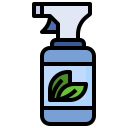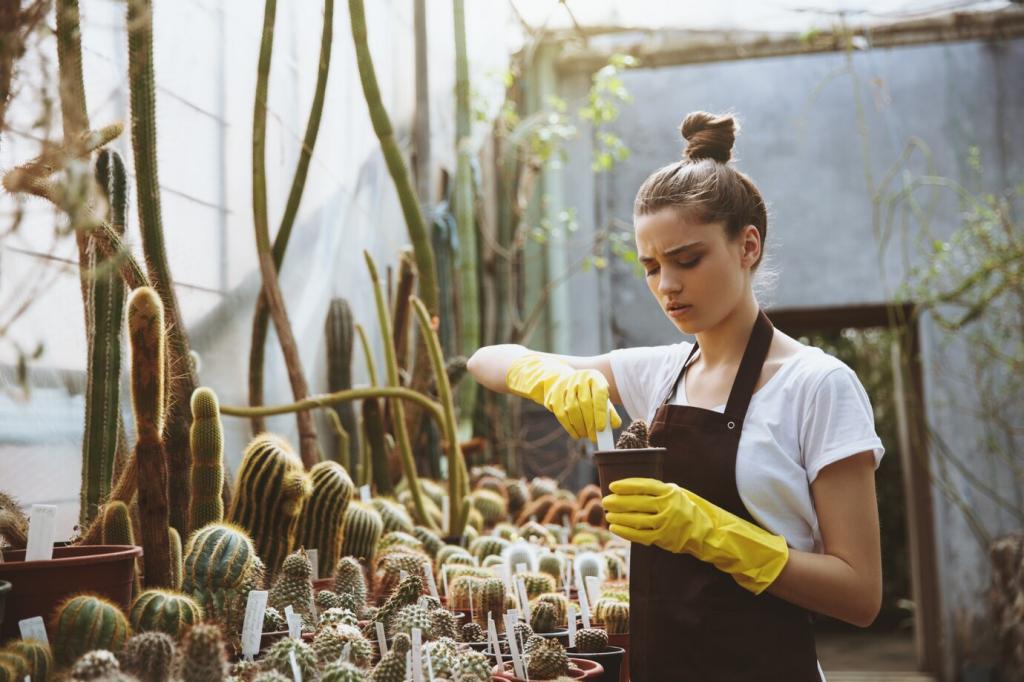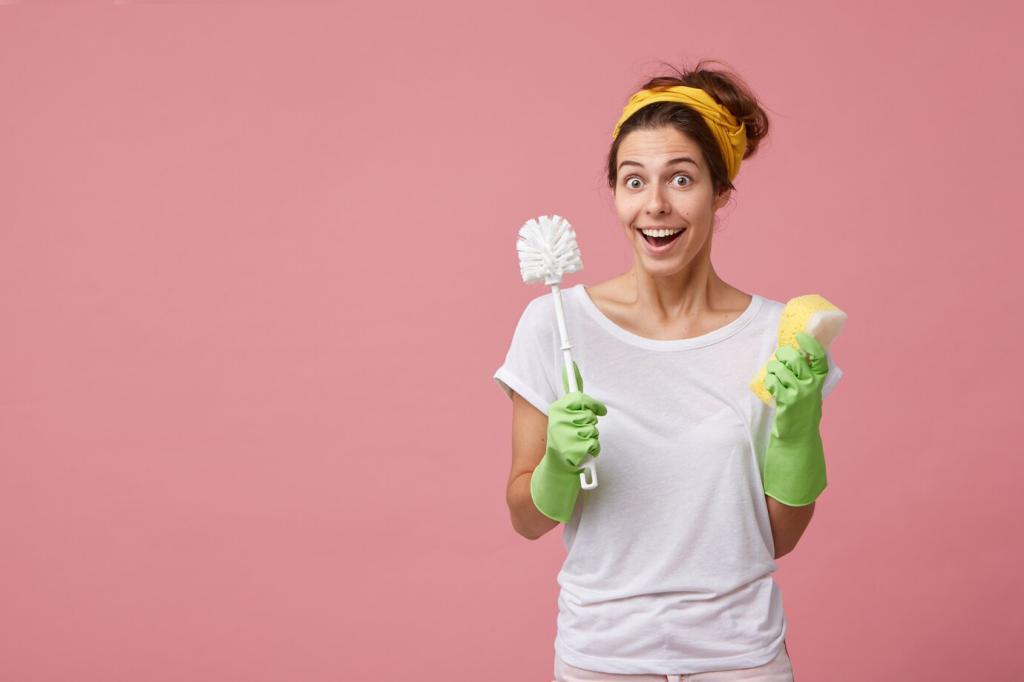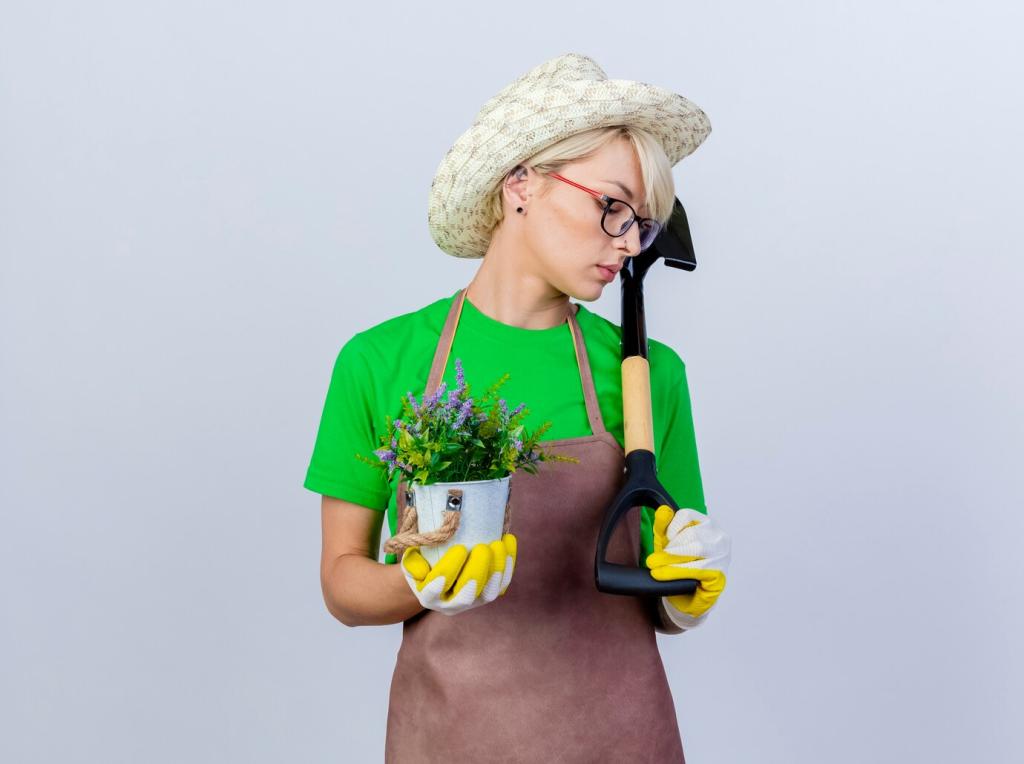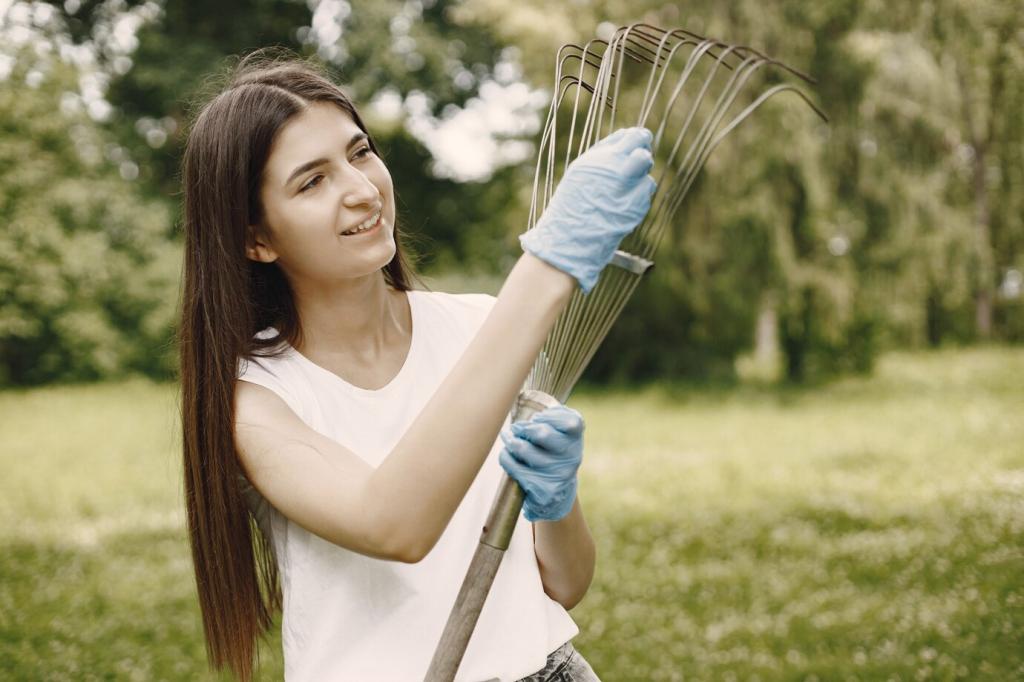First-Aid for Fresh Spills
Act quickly. Blot—do not scrub—within a minute to stop stains from setting. Lift liquids with an absorbent cotton cloth, then follow with the mildest DIY eco-friendly furniture stain remover recipe suited to the mess. Share your speed-clean tricks with us.
First-Aid for Fresh Spills
Scrubbing drives pigment deeper and scuffs finishes. Press gently, rotate to a clean section of cloth, and let capillary action work. When the cloth stops lifting color, switch to a targeted eco-friendly remover and continue carefully along the wood grain.
First-Aid for Fresh Spills
Sparkling water’s gentle fizz helps lift fresh tannins and sugars without harsh chemicals. Lightly dampen a cloth, blot, then dry thoroughly. Follow with a minimal, finish-safe eco-friendly furniture stain remover if any halo remains. Comment if club soda saved your table.
